Shri Vishnupad Temple Gaya
One of the most famous Hindu temples, the Vishnupad Temple is located in Gaya, Bihar, India. It’s a major pilgrim center, especially for people who want salvation or those who come for the Pind Daan ritual to liberate their ancestors from rebirth cycles.
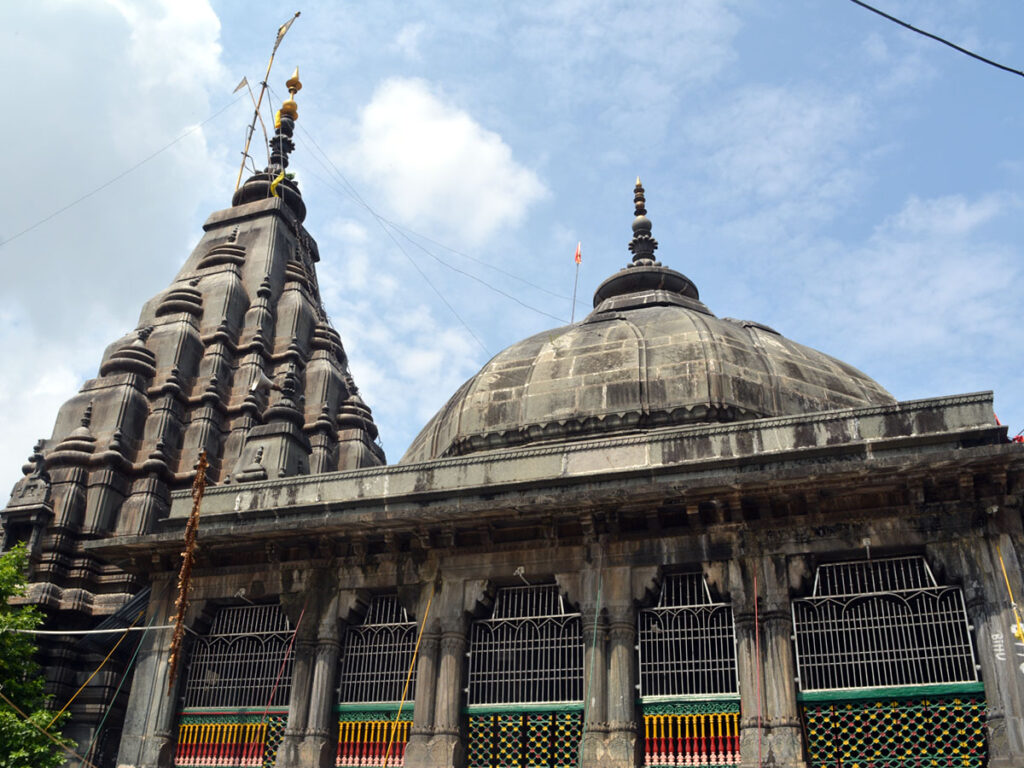
Contents
History of Vishnupad Temple Gaya:
Gayasura Power: Gayasura was a mighty asura who had the ambition to rule the world. He has inflated his ego to the extent that he threatened to intimidate even the gods.
Vishnu’s Intervention: The preserver of the universe, Lord Vishnu, intervened and subdued Gayasura. Vishnu pinned him under the earth, creating a massive crater.
Footprint: As a final act, he left a footprint on the ground, which was symbolic that he had overcome Gayasura. It is said that this is the footprint actually enshrined within the Vishnupad Temple.
Temple Construction: A temple was constructed around the footprint and was dedicated to the victory of Vishnu to provide a sacrosanct space for worship.
Pilgrimage Site: The association of the temple with Vishnu and the legend of Gayasura has made this place an important pilgrimage site since time immemorial, wherein devotees come from far and wide.
Religious Importance: The greater importance of the temple was realized when it became a great place for conducting rituals like Pind Daan for the liberation of ancestors from the rebirth cycle.
Read More>> Mukteswar Temple Bhubaneswar
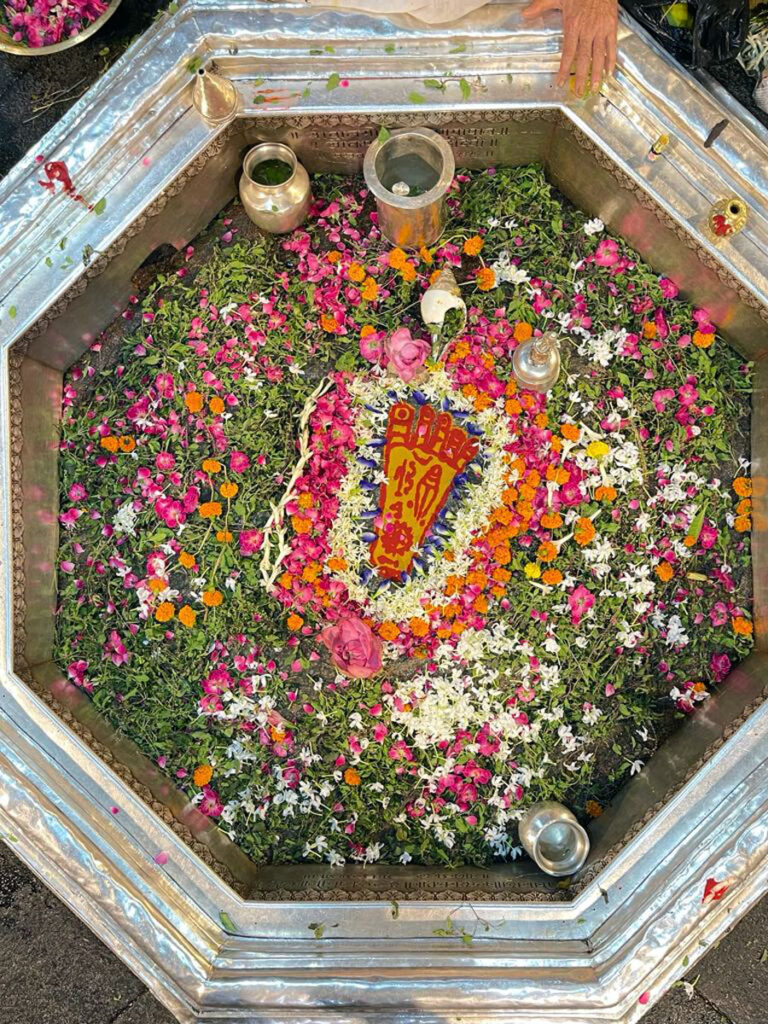
Legend of Vishnupad Temple Gaya:
The legend of Vishnupad Temple is very closely associated with the demon Gayasura of myth. According to Hindu mythology, Gayasura was a very powerful demon who had an ambition of subjugating the earth. Lord Vishnu, who is the Preserver of the Universe, had to intervene to counter his threat by any possible means.
Vishnu then appeared as a dwarf before Gayasura, asking for a favor. He wanted Gayasura to lay himself flat on the earth while Vishnu placed his foot over his back. Gayasura agreed, for he presumed the dwarf could do no harm. The next moment, Vishnu resorted to his cosmic dimensions and pressed his feet onto the back of Gayasura, shoving him down.
Thus, the divine foot of Vishnu left a footprint, which was duly fashioned to give us the Vishnupad. It is considered the central focal point of the temple, because it is said that one able to do his prayers and performance of rituals at the Vishnupad, or footprint, shall be accorded with the blessings and liberation from bondages; his spirit shall rise and realize the soul.
Read More>> Kondeshwar Temple Pune
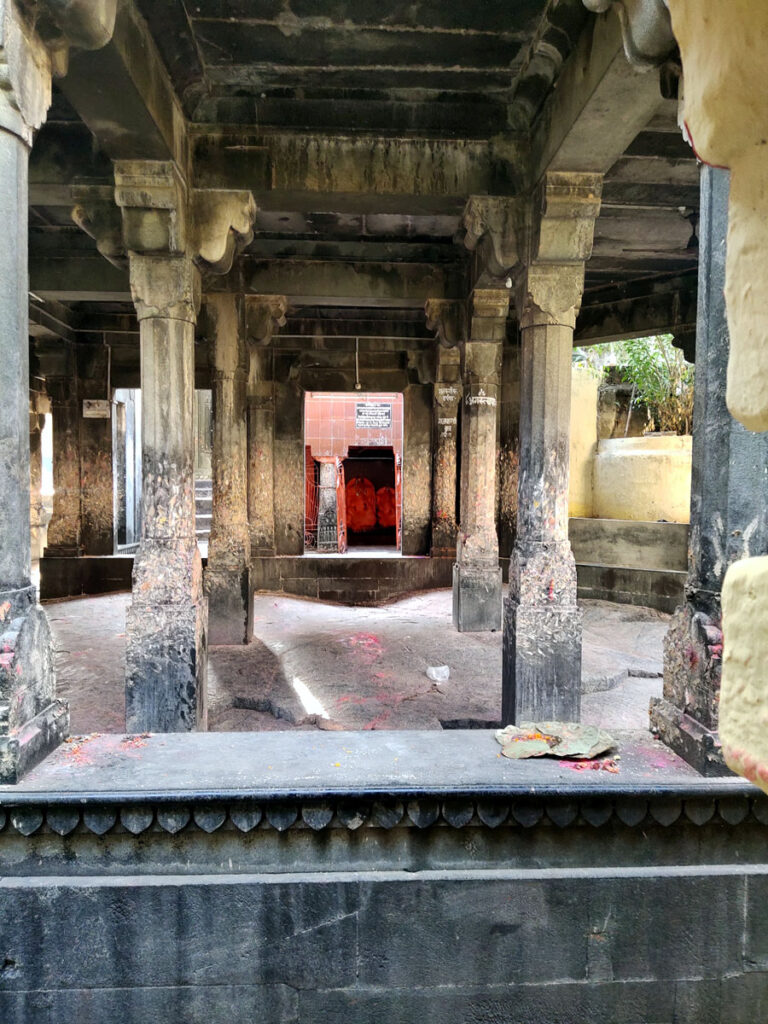
Significance of Vishnupad Temple Gaya:
1. Vishnu Footprint: The major feature of the temple is a footprint that is believed to be that of Lord Vishnu. Hindus believe that this footprint possesses immense spiritual power and that offering prayers and rituals at this site would bring blessings, liberation, and spiritual enlightenment.
2. Pind Daan Ritual: Vishnupad Temple is also one of the famous places for the Pind Daan ritual. According to the ages’ religious belief, this ritual liberates the ancestors from the mortal cycle of rebirth and allows them to be at eternal peace. Hindus believe that by offering food and water to their deceased forefathers at this holy place, they can fulfill their duties of filial care and ensure the well-being of the loved ones who have already left this world.
3. Spiritual Value: From a Hindu standpoint, visiting the Vishnupad Temple is highly spiritually valuable as a pilgrimage. It is believed that prayer, meditation, and investment of oneself in the holy place purify the soul, remove their sins, and place the self in divine grace.
4. Mythology: The importance of the temple is deeply assimilated with Hindu mythology. It is said that the demon Gayasura was worried about getting out of hand against the gods. Lord Vishnu pressed him under the Earth to take his life and left his footprint on the ground. This footprint is regarded as the origin of the holy power of this temple.
5. Cultural Importance: Vishnupad Temple has great cultural importance attached to it in the state of India. Thousands of pilgrims and tourists visit here every year, which handsomely accounts for the local economy and has helped in conservation of Hindu traditions.
Read More>> Alangudi Guru Temple: Enlightenment’s Haven
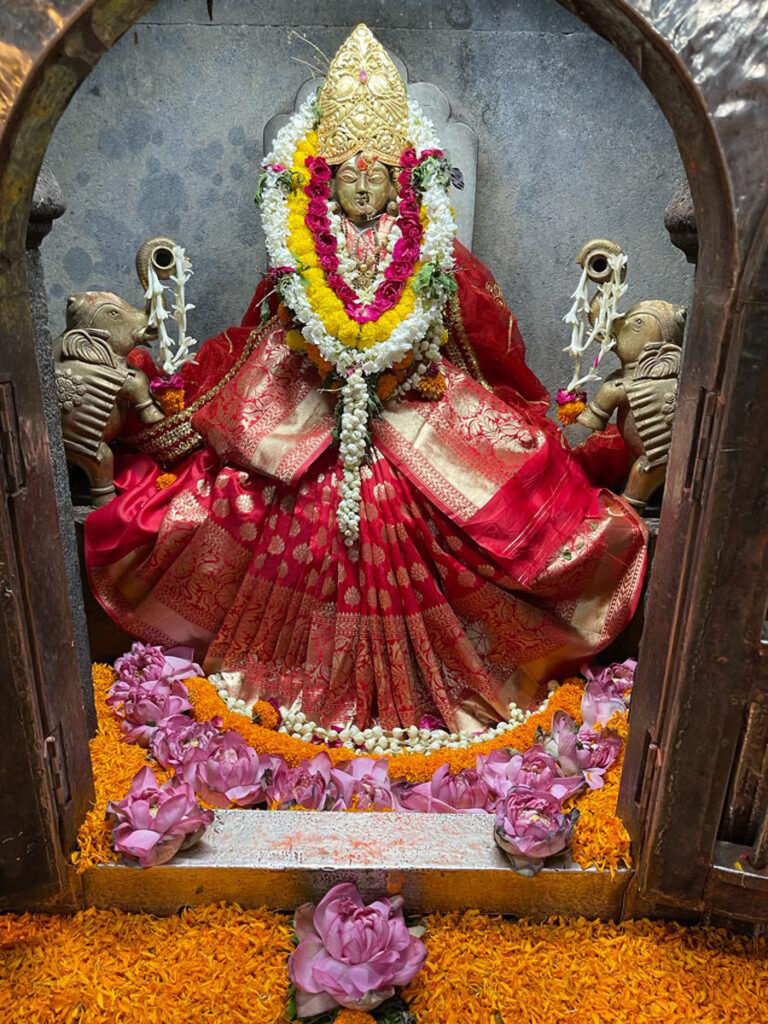
Myths and Beliefs of Vishnupad Temple Gaya:
The Legend of Gayasura
The Mighty Demon: Gayasura was a powerful demon who was once believed to be so huge that his body could cover the whole earth. This excessive pride brought about his fall.
Intervenes Vishnu: Tired the arrogance of Gayasura, Lord Vishnu intervened to subdue him. Vishnu pinned him under the earth, causing depression to emerge that later came to be known as Gaya Valley.
The Holy Footprint
Divine Imprint: It is said that when Vishnu pressed Gayasura to the ground, his divine foot impressed the earth. Now a reverend footprint of Vishnu is enshrined, which forms the focus of this temple.
Salvation Through Touch: The devotees believe that merely seeing or touching Vishnu’s footprint brings him blessings, spiritual liberation, and salvation from the rebirth cycle.
Pind Daan and Ancestral Liberation
Offering to Ancestors: Offering Pind Daan in this temple is regarded as very effective for relieving one’s ancestors from the rebirth cycle.
Feeding the Ancestors: Offerings of food and water to the ancestors at this sacred footprint will purify the souls from the earthly plane and realize salvation.
The Power of Gaya
Sacred Land: Gaya is a very holy place, especially in terms of rituals, and hence it is believed that rituals performed here will bring about a sea of change in one’s spiritual life.
Gateway to Heaven: Gaya is also believed by some to be the gateway to heaven, so one visits the temple to bring oneself nearer to divine grace.
Shri Vishnupad Temple Timing:
Morning: 5:00 AM to 12:00 PM
Evening: 4:00 PM to 9:00 PM
Read More>> Khajuraho Temple: Beyond the Erotic Sculptures
Places to visit near Vishnupad Temple Gaya:
Mahabodhi Temple: It is a Buddhist pilgrimage centre located 12 km to the southeast of the Vishnupad temple and happens to be one of the most sacred Buddhist pilgrimage centres in the world. It is a place of Buddha’s enlightenment and is hence, very famous all over the world.
Bodh Gaya: With the Mahabodhi temple, numerous other important Buddhist sites here includes the Bodhi Tree, some monasteries, and a number of stupas.
Dungeshwari Cave Temples: The caves lie some 12 km to the west of Bodh Gaya and are regarded as the ancient caves that would have been the site of penance of the Buddha prior to his enlightenment.
Barabar Caves: Located 24 km from Gaya, these caves are rocking rocks and, as of today, are some of the oldest available examples of Indian rock-cut architecture, belonging to the Mauryan period.
Pind Daan Sites: In accordance with Hindus carrying out pind daan in ten sites around the city, including performing the rituals on the banks of the Falgu River and at many other smaller temples and shrines.
Ajanta and Ellora Caves: A little more to the far way are two very beautiful caves, which necessarily should fit in on your program if you have more days in hand. These have the spectacular rock-cut temples and monasteries that are famous worldwide, located some 250-300 km away from Gaya.
Sujata Stupa: Curiously, it lays in a small village by the name Sujata, less than 15 km to the north of Bodh Gaya. According to legend, attached to this place was Sujata, who served a meal of rice pudding to young Siddhartha just before his enlightenment.
Nalanda: This is nearly 60 km from Gaya. This site was the centre of one of the greatest ancient learning centres. Majorly residential in character the Mahavihara at Nalanda represents one of the first truly residential universities. These ruins introduce some insights of the scholastic life of ancient India.
Vishnupad Temple FAQ
1. What is Vishnupad Temple?
A Hindu ancient temple situated in Gaya, Bihar, India, and dedicated to Lord Vishnu is known as the Vishnupad temple. This pilgrimage site carries out Pind Daan rituals which help in liberating souls of ancestors.
2. Where is it located?
The temple is located in the town of Gaya in Bihar, India, along the Falgu river.
3. What is special about the place?
It is said that Lord Vishnu’s footprint, Vishnupad, are imprinted on its walls, thus, it is very significant during Hindu rituals, especially when doing Pind Daan, which is an act of offering ceremonies to dead relatives.
4. Who built this shrine?
The present structure was built during the 18th-century era by Maratha queen Ahilyabai Holkar, though the original worship place has existed for several centuries now.
5. What are the opening times?
Generally, the Vishnupad Temple, gaya is open early from about five o’clock in the morning till late night around nine o’clock PM. However, with festivals or special days, one must check changes in timings, if any, with the temple authorities or enquire with locals who would know better than you do.
6. Is any Ticket Money needed for visiting?
There isn’t a ticket fee that one has to pay for going into Vishnupad Temple but contributions are invited in order to cater for maintenance and development.
7. What’s to be worn when visiting Vishnupad Temple?
One should dress modestly. Traditional dress is preferred but if one wears Western garments, they should be decent and cover shoulders as well as knees.
8. What special rituals or ceremonies take place at this place of worship?
One major ritual conducted in the Vishnupad Temple, gaya is the ‘Pind Daan’ which amounts to the recognition and respect of the people who have died, hence this is a significant place of worship for this ritual.
9. Are there facilities for devotees in the temple?
Generally, the temple compound provides things such as drinking water and other very basic needs, but it’s better to carry your own things too.
10. Are there any nearby accommodation facilities?
Yes, many hotels and guesthouses are available in Gaya, suiting different price ranges. Most of them are located near the temple or within the town area.
11. Are you allowed to take pictures inside the temple?
Generally, photography is not allowed within the precincts of the temple, more so in the sanctum sanctorum. One should always enquire with the temple authorities before taking any photographs.
12. One should be sensitive to local customs or traditions?
The visitors should place importance on the local customs and traditions. As a precautionary measure, shoes should be removed before getting into the temple complex and any other instructions provided by the people managing the temple.
13. What is the best season to visit Vishnupad Temple?
Vishnu pad temple, however, can be visited any time during the year. It gets really overcrowded, though, especially during Hindu festivals like Navratri, Maha Shivaratri, and during the Pind Daan season. Visiting during October to March, when temperatures are a bit milder, would be best.
How to reach Vishnupad Temple Gaya:
By Air
Nearest Airport: Gaya Airport (GAY)
Distance: From the Vishnupad Temple, it is approximately 10 km.
All major cities in India like Delhi, Kolkata, and Patna are well-connected to the airport through domestic flights. You can hire a taxi or an auto-rickshaw from there to the temple.
By Train
Nearest Railway Station: Gaya Junction(GY)
Distance: From Vishnupad Temple, it is about 5 km.
Gaya Junction is one of the major railway stations in India with good connectivity across its vast expanse. From the station, one can get taxi services, auto-rickshaws, or even cycle-rickshaws to the temple premises.
By Road
By Bus: Gaya is well connected in terms of road connectivity. Major places within Bihar and some of the neighboring states have roads that go from here; buses are available ranging from bigger cities like Patna, Ranchi, and Kolkata.
By Road:
From Patna: 100 km. For going, the drive via National Highway 22 or National Highway 33 is recommended. You can take the NH 22 or NH 33 as alternative
From Bodh Gaya: Via Gaya Bodh Gaya Road one has to travel 12 km approximately.
Parking: Enough parking lots are there near the temple area. However these are usually too much congested during peak hours.



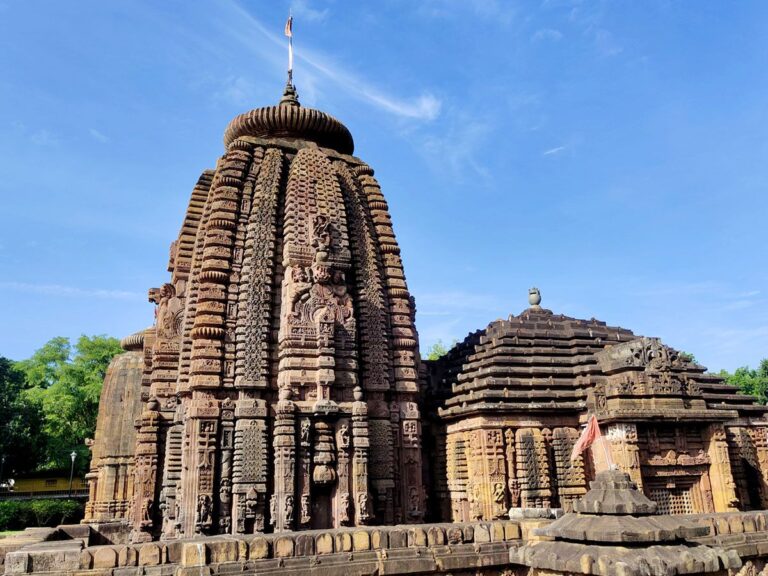

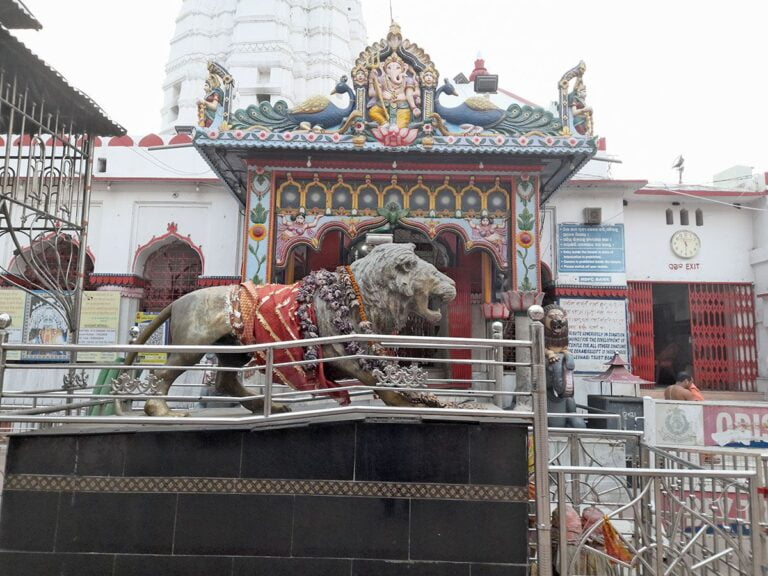

2 Comments